Of the many pleasures that come with a visit to Peru, enjoying the abundance of fresh exotic fruit is definitely one of them. Peru’s variety of climatic zones, including tropical rain forests, high mountains, and coastal regions, contributes to an amazing diversity of fruit, many of which are high in vitamins and anti-oxidants while others are said to cure illnesses. Here, we will take a look at a few of the exotic fruits in Peru and discuss their unique characteristics so that when you arrive for your Peruvian vacation you are prepared to sample them all.
Aguaje
Aguaje (Mauritia flexuosa) is a small, spiny, dark reddish fruit that grows on the Moriche palm and can be found in tropical regions, like the Tambopata National Reserve in Puerto Maldonado and in the jungles of Iquitos. It has a yellowish, bland-tasting pith and is sold by almost exclusively female street vendors in Iquitos and other areas of the Amazon. Aguaje is a fruit that is mostly eaten by women. It is said to improve the figure and to restore hormone balance; It is also said that eating this fruit is likely to result in the conception of female children. In Iquitos it is said that the large ratio of female as compared to male children is a result of all of the aguaje consumed by women of childbearing age. Whether this is a myth or a fact, aguaje is a great source of Vitamins A, C and E and contains phytoestrogens and electrolytes, and is high in antioxidants.
Camu Camu
Camu Camu (Myrciaria dubia) is a tart-tasting berry-like fruit that grows on bushy riverside plants in the Amazon regions of Peru and Brazil. It is known for it extremely high Vitamin C content – it is among the most concentrated Vitamin C fruits in the world with around 2000 mg. per 100 grams. It is too tart for many people to eat as is, but can be used as an addition to smoothies and shakes alongside other sweeter fruits or you can sweeten your camu camu beverage with sugar. It is a recent arrival to the world market, but is exceedingly perishable and is not suitable for export in fresh form. However, it has made its way to the global market, especially Japan, in dried and frozen forms, and as a dietary supplement.
Lucuma
Lucuma (Pouteria lucuma) is native to the Andean valleys of Peru, Ecuador and Chile. It’s a round to oval, thin-skinned, uniquely delicious fruit with a dry, bright yellow, fibrous inner flesh, somewhat resembling a sweet potato. It has a delightful, smoky flavor reminiscent of yams and maple sugar. Lucuma is commonly called eggfruit in English-speaking countries and is highly nutritious; it’s very high in beta-carotene and B vitamins. Lucuma is also a very sweet fruit and has been recently exported in powdered form to the world market and sold as a substitute sweetener in health food stores. It is said to have many health benefits. One study published from the State University of New Jersey found that it increased the rate of tissue regeneration and wound healing in injured patients. It is also said to be anti-aging and anti-inflammatory.
Try These Peruvian Fruits For Yourself
These are just three of the amazing exotic fruits in Peru you will be able to find when you visiting this one-of-a-kind destination, a country replete with super-nutritious foods. As the Greek physician Hippocrates stated: “Let thy food be thy medicine and thy medicine be thy food.”
Don’t miss a taste of these exotic fruits during your personalized Peru vacation. Speak to a Kuoda Travel Designer today to begin planning your once-in-a-lifetime journey to Peru.

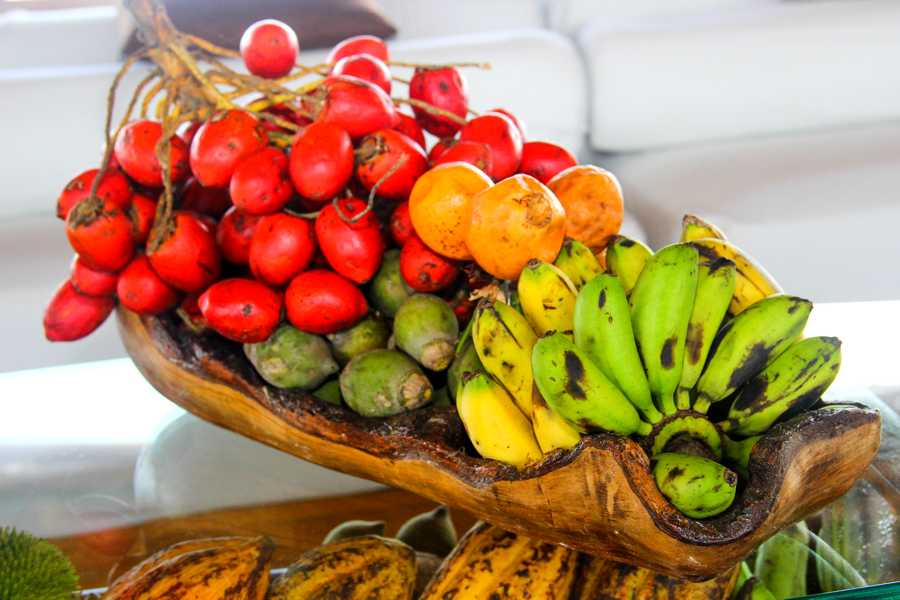
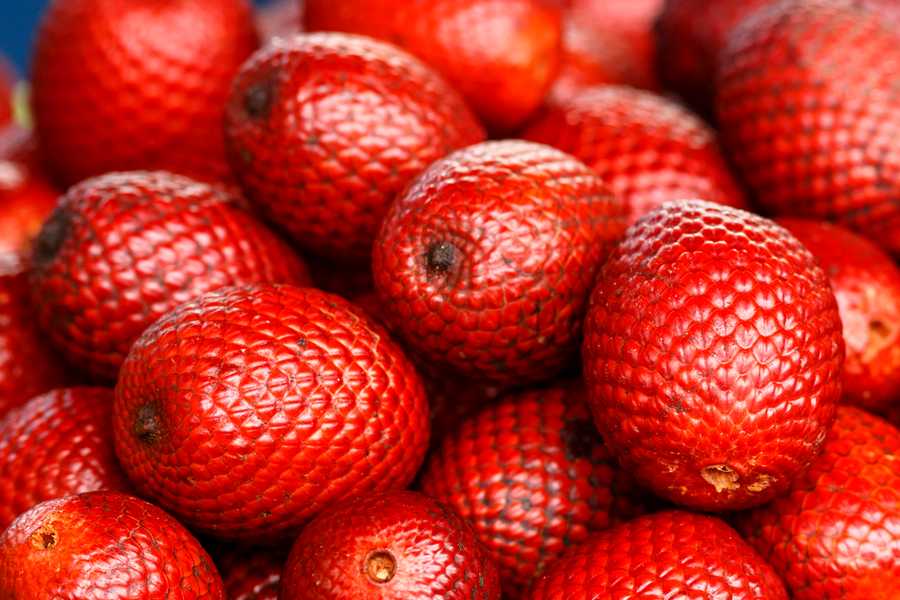
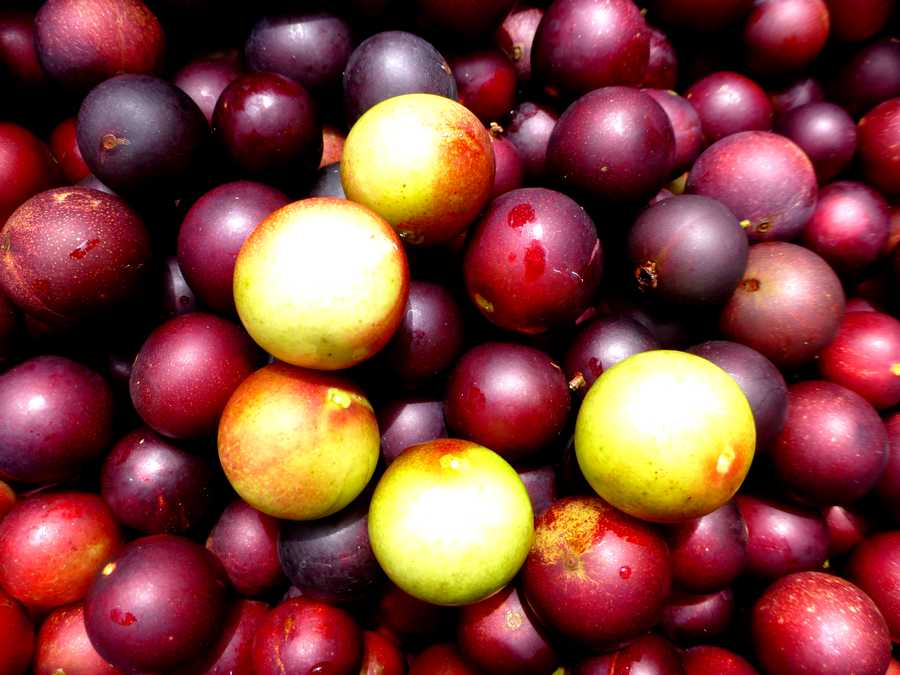
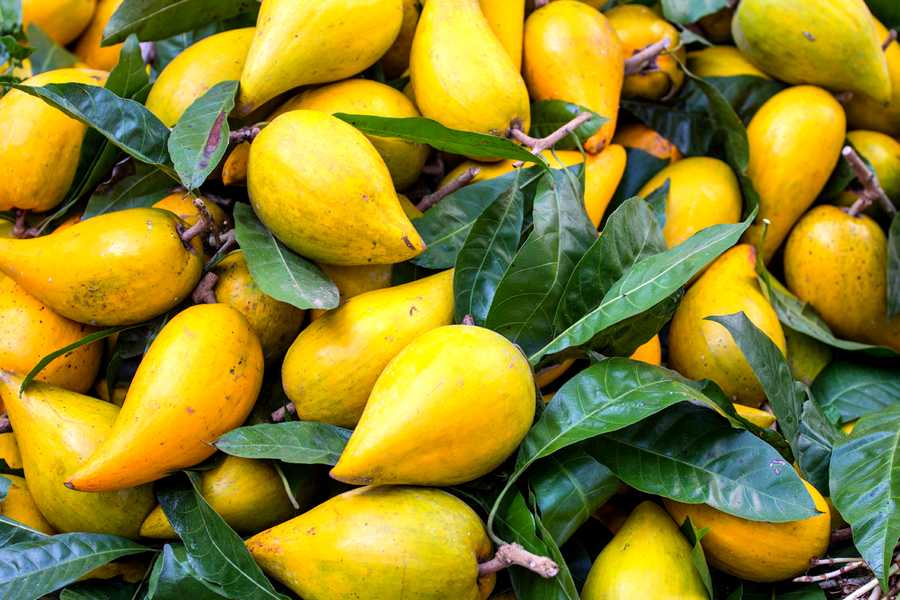
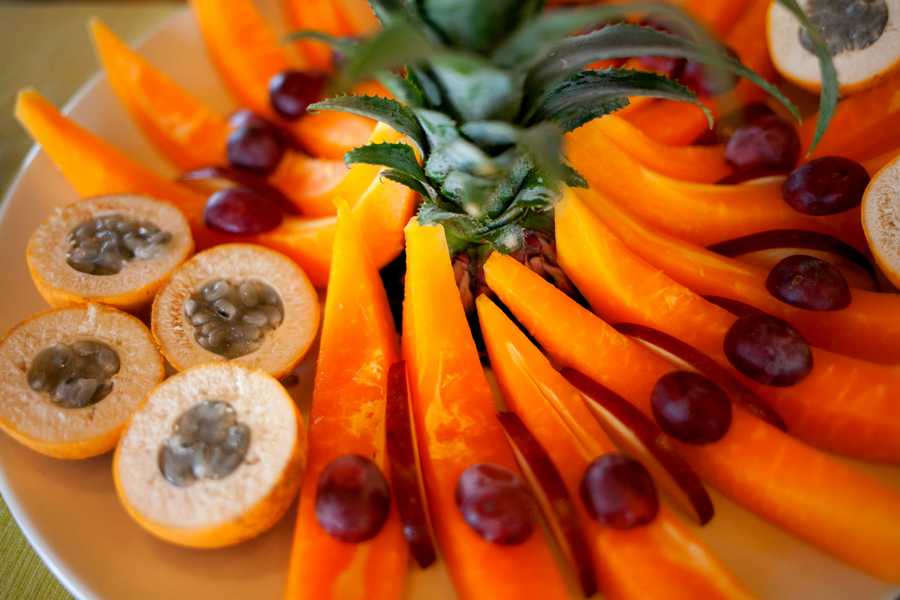
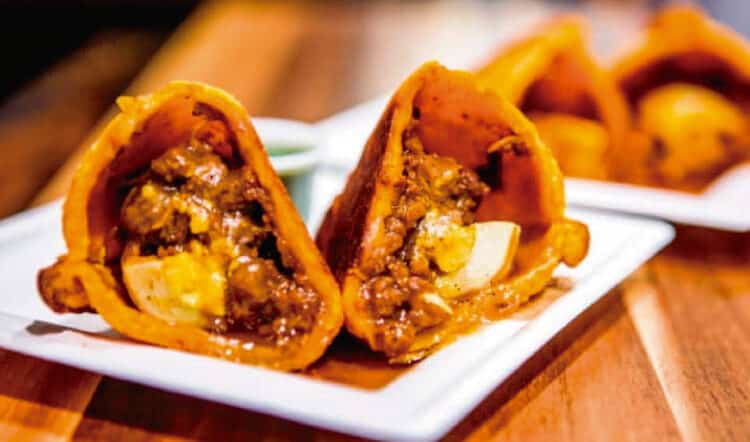
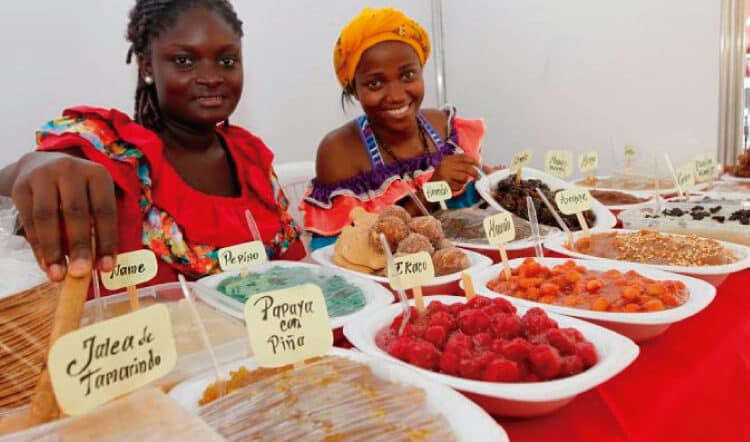


Leave a Comment